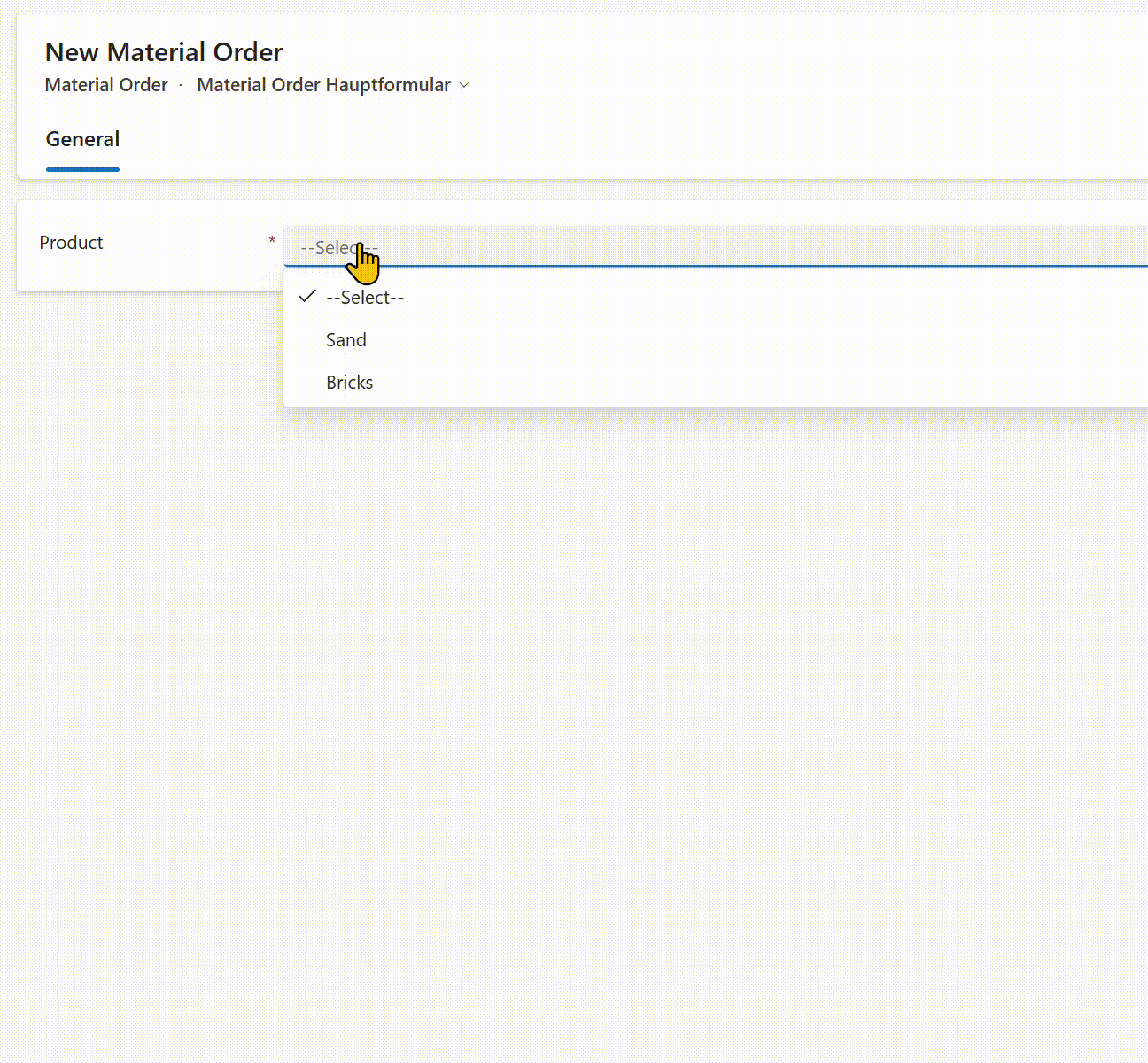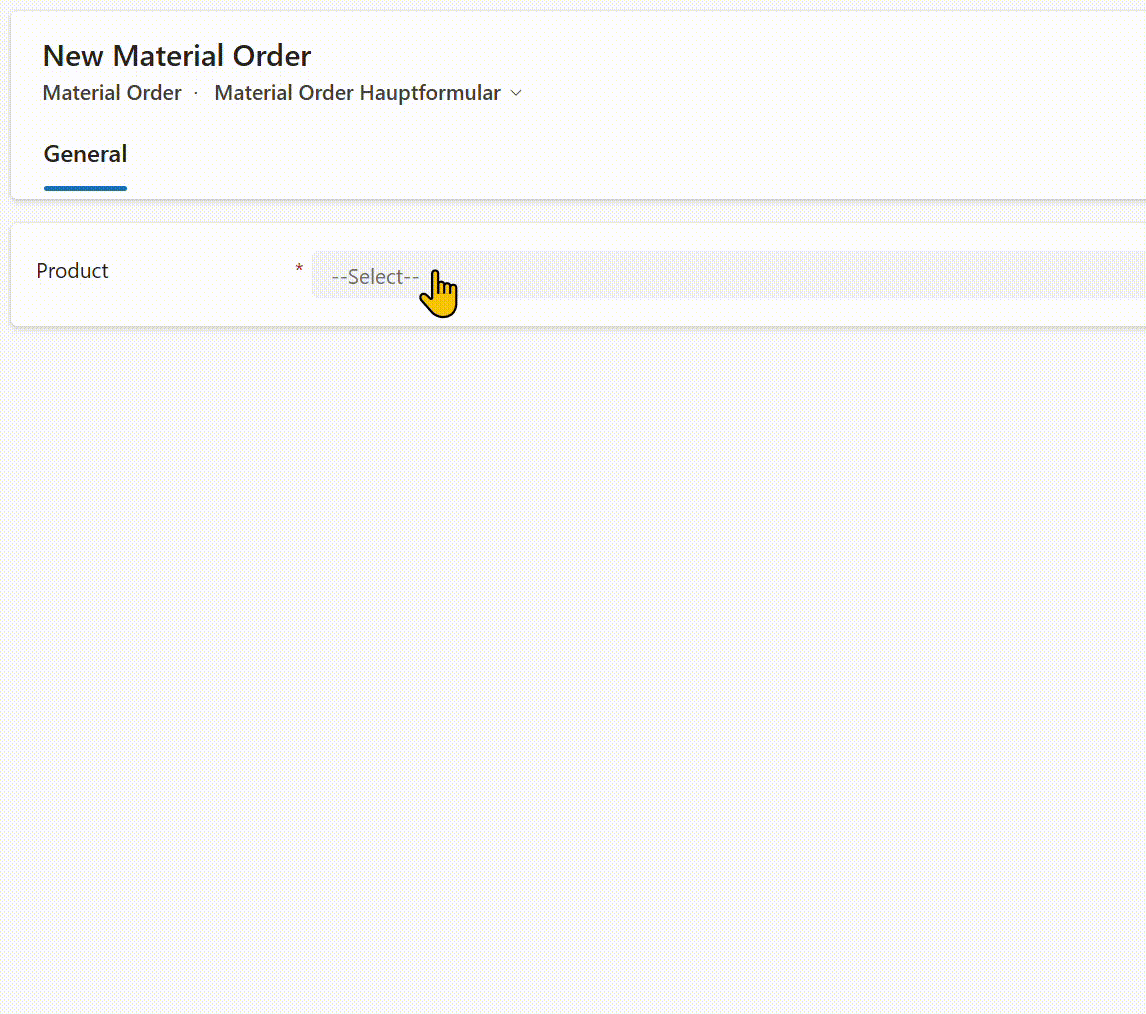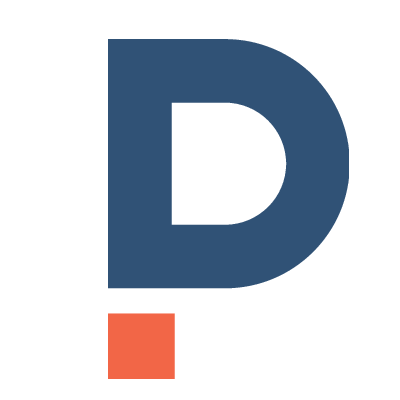Change Visibility of Attributes on Visible Sections Only
When changing the visibility of attributes in Dynamics 365 or Power Apps, you might have noticed that this change also impacts hidden sections, where the attribute is located, i.e. these sections are set to visible by default. While this of course makes sense, it might not always be what you intended, especially if you used attributes with multiple instances within a form.
For instance, as you can see in the following illustration, the visibility of sections in our order form is determined by product selection (sand or bricks). The section “Product Details” is individual for each product, though in both cases it allows the user to choose a unit (kg or m3). Upon selecting kg as “Unit (Classic)” in “Sand Details” the visibility is set for the attribute “Weight” (resp. “Volume” if you chose m3), which then appears on our form.

But – lo and behold – what is this?! The section “Bricks Details” is also suddenly visible on our form. How did this happen?
See, as “Brick Details” contains the attribute “Weight” as well the whole section is set to visible by default. Of course you could override this by using unique control names, like “weight_2” etc., and set the visibility individually for each item. While this could work for a while, it is not the safest option development-wise (think reusability and clean coding) and will definitely cause problems as soon as changes are made to the controls or if attributes are used more than once.
Let me show you a better option.
As stated, our aim is to apply attribute visibility only to controls on already visible sections. We can achieve this by checking in the event handler beforehand, whether the control we want to set to visible is located on a visible section. If the section is visible, the control will appear. Any other invisible sections, which contain controls of the same name, will remain hidden. This way, section visibility will not be implicitly affected.
Let’s have a look at the code.
static setVisibilityOfAttributeOnVisibleSectionsOnly(fCtx: Xrm.FormContext, attributeName: string, isVisible: boolean) {
// Get the names of all controls on visible sections
var controlNames: string[] = [];
fCtx.ui.tabs.forEach(t => t.sections.forEach(s => {
if (s.getVisible()) {
s.controls.forEach(c => controlNames.push(c.getName()));
}
}));
// Change the visibility for the control of the attribute.
fCtx.getAttribute(attributeName).controls.forEach(x => {
// But only if the current control is on a visible section
if (controlNames.includes(x.getName())) {
x.setVisible(isVisible);
}
});
}
And this is what it looks like in our app. Note that now, when you select kg as unit on “Sand Details”, the attribute “Weight” will show on this section – while our alternative section “Brick Details” will remain hidden.

In a nutshell, if you aim to avoid problems in the long run, the proposed solution is a good way to go. You can use (and reuse) attributes of the same name/type without worrying that it might impact the intended functionality. Using this function will enable you to build forms with multiple sections and still control exactly which of your data will be presented.
Let me know, if you have already encountered this matter and if this solution helped you.


